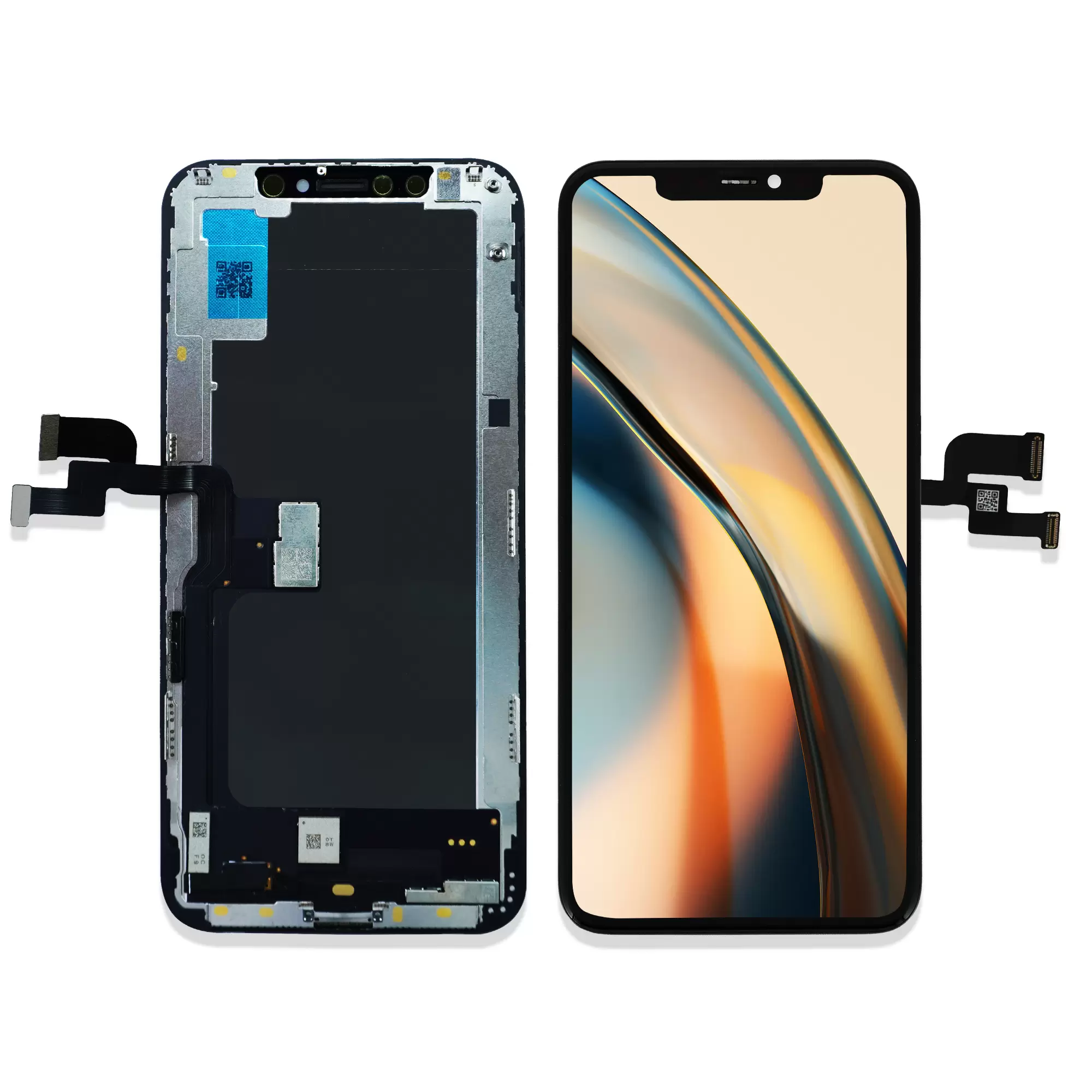In today's digital era, mobile phones have become an integral part of our lives. From staying connected with others to accessing information at our fingertips, these devices have revolutionized the way we live. However, there are times when we encounter issues with our mobile phone screens, such as afterimages. These afterimages can be distracting and affect our overall user experience. In this blog post, we will delve into the causes of afterimages on mobile phone screens and provide detailed solutions to help you resolve this problem effectively.
1. What are afterimages?
a. Definition and characteristics: Afterimages are ghostly impressions of images that persist on the screen even after the original image has been removed.
b. Why do afterimages appear on mobile phone screens? Afterimages can occur due to various factors, including burn-in, persistent images, high screen brightness, or hardware/software issues.
2. Common Causes of Afterimages
a. Screen burn-in: Burn-in occurs when static images or icons are displayed on the screen for extended periods, leading to permanent discoloration.
b. Persistent images: Some images, especially bright or high-contrast ones, can leave temporary impressions on the screen.
c. High screen brightness: Excessively high brightness settings can cause afterimages to appear.
d. Hardware or software issues: Problems with the screen display or device firmware can also contribute to afterimages.

1. Checking for screen burn-in
a. Recognizing burn-in patterns: Look for persistent outlines, shadows, or discolored areas corresponding to frequently displayed elements.
b. Using burn-in test apps: Specialized apps can help identify burn-in by displaying test patterns that reveal any inconsistencies on the screen.
2. Detecting persistent images
a. Identifying static elements: Pay attention to elements that remain consistent across different screens or apps, such as buttons, navigation bars, or logos.
b. Analyzing app usage patterns: Identify apps with predominantly bright or high-contrast interfaces and monitor their impact on screen persistence.
3. Adjusting screen brightness
a. Importance of optimal brightness levels: Excessively high brightness settings can contribute to afterimages, while excessively low levels can strain your eyes.
b. Steps to adjust brightness settings: Access the display settings on your mobile phone and adjust the brightness slider to find an optimal level that reduces afterimages.
1. Applying screen savers or changing wallpapers
a. How screen savers prevent screen burn-in: Screen savers display moving visuals that prevent static elements from causing burn-in.
b. Utilizing dynamic wallpapers: Dynamic wallpapers featuring subtle or slow-moving animations can help reduce afterimages caused by persistent images.
2. Clearing cache and data
a. Importance of regular cache clearance: Over time, cached data can accumulate and affect screen performance.
b. Steps to clear cache and data: Navigate to your device's settings, locate the app manager or storage options, and clear the cache and data for relevant apps.
3. Updating software and firmware
a. Software and firmware impact on screen performance: Outdated software or firmware may contain bugs or compatibility issues that can lead to afterimages.
b. Ensuring regular updates for bug fixes: Check for software and firmware updates regularly and install them to maintain optimal performance and resolve known issues.
4. Utilizing screen calibration tools
a. Calibrating screen colors and contrast: Use screen calibration apps or built-in calibration tools to adjust color balance, contrast, and saturation.
b. Recommended screen calibration apps: Research and download reputable calibration apps from your device's app store to optimize screen performance.

Experiencing afterimages on your mobile phone screen can be frustrating, but it's important to understand the causes and implement effective solutions. By identifying the cause of the afterimage, whether it be screen burn-in, persistent images, or other factors, you can take appropriate actions to resolve the issue. Applying screen savers or changing wallpapers, clearing cache and data, updating software and firmware, and utilizing screen calibration tools are all effective methods to address afterimage problems. Additionally, adopting preventive measures such as varying app usage patterns, optimizing screen settings, and regularly inspecting the screen can help prevent future occurrences. Remember to stay vigilant and proactive in maintaining the quality and performance of your mobile phone screen for an optimal user experience.
Shenzhen Kelai Intelligent Display Co.,Ltd.is specializing in providing various liquid crystal display solutions and fast services.
Since its establishment, with full use of its own resource advantages, endeavoring to absorb international advanced technology and management experience, it has served and will be of service in the mobile intelligent terminal consumer display market and professional display market.
Welcome to contact us if you need to learn more about moblie phone screen or make an inquiry.
Email:Jacob@jxkelai.net